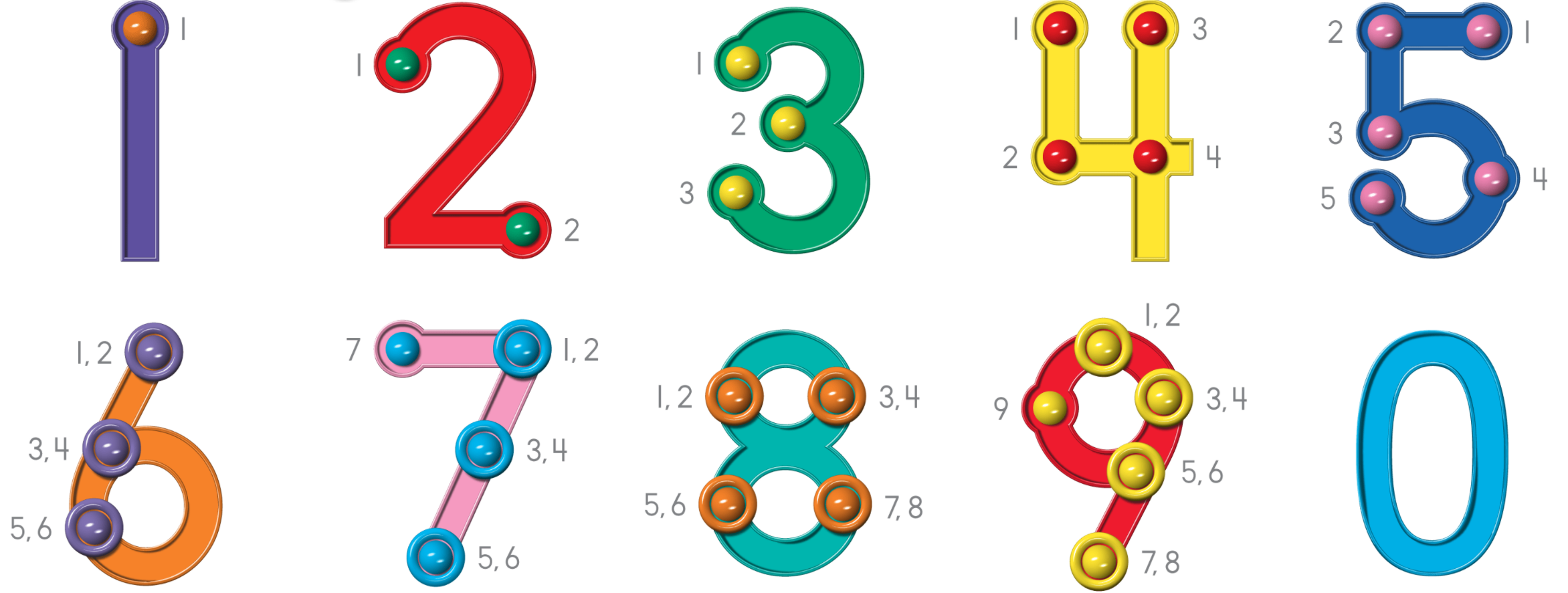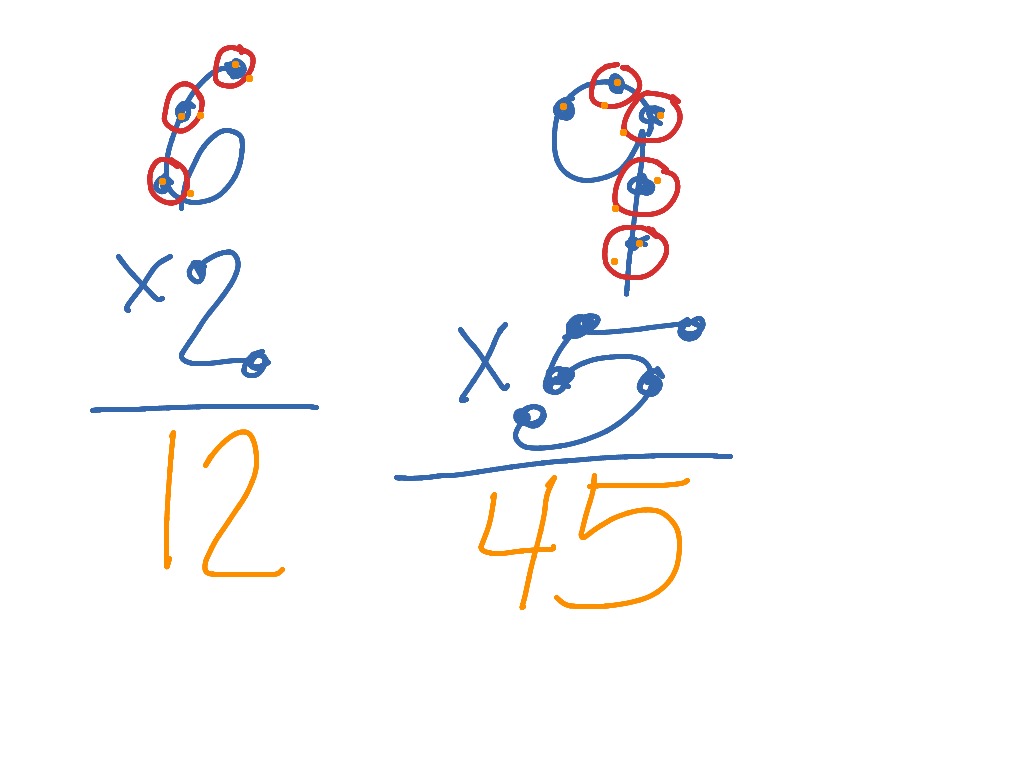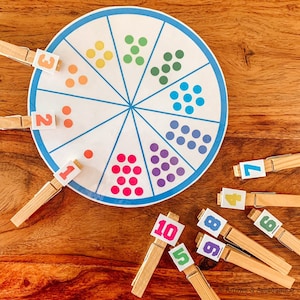TouchMath is a multisensory math program that helps students learn basic math skills by seeing, saying, hearing, and touching numbers. It uses special TouchPoints on numerals—small dots placed on numbers that students touch and count to understand their value. For example, the number 3 has three points that students touch and count as “one, two, three.” This turns abstract numbers into something concrete and hands-on.
TouchMath is especially helpful for students who struggle with traditional math methods, including those with learning differences. It starts with concrete experiences (like counting real objects), then moves to pictorial representations (pictures with dots), and finally to abstract symbols (just numbers without aids). This gradual process builds confidence and understanding.
The program is used for teaching everything from simple counting and addition to more complex topics like multiplication, division, fractions, and money. It also supports students through step-by-step lessons, clear visuals, and frequent practice, helping them master one skill before moving to the next.
TouchMath makes math more accessible and engaging, reducing guessing and frustration, and helping students truly understand what numbers mean.
STRATEGIES FOR EACH LESSON
Touching & Counting (TouchPoints)
-
Each number 1–9 has dots (TouchPoints) placed on it equal to its value.
-
1–5 have single dots touched once; 6–9 have double dots touched twice.
-
Students touch and count out loud, using multisensory (visual, tactile, auditory) learning.
-
Helps link numerals to their quantities and builds strong number sense.

Addition
-
Starts by counting concrete objects, then moves to TouchPoints on numerals.
-
Students touch and count on to add, e.g. start at 5, then count on 4 more.
-
Addition with regrouping uses boxes to keep track of carrying over tens.
Subtraction
-
Focuses on backward counting using TouchPoints.
-
Students touch the top number, say it, then count back on the bottom number’s TouchPoints.
-
Regrouping is taught step by step, showing how to borrow and adjust numbers.
Multiplication
-
Teaches skip counting (by 2s, 3s, etc.) while touching the TouchPoints on the other number.
-
Moves from simple to regrouping multiplication.
-
Builds understanding beyond memorization.

Division
-
Teaches by skip counting the divisor to get close to the dividend.
-
Uses tallies to track how many times you can skip count without going over.
-
Also covers division with remainders, long division, and short division using clear steps.

Fractions
-
Uses pictures and TouchMath’s step-by-step method.
-
Teaches identifying parts of a whole, renaming, comparing with cross-multiplying, adding, and multiplying fractions.
-
Builds on previous counting, multiplication, and division skills.

TIPS FOR USING TOUCHMATH
1. Always start with concrete practice.
Use real objects (counters, cubes, beads) before moving to numerals with TouchPoints. This helps students see the connection between numbers and quantities.
2. Teach the TouchPoints explicitly.
Make sure students learn where each point is on every numeral. Practice tracing, touching, and saying the numbers out loud until they are automatic.
3. Use consistent language.
For example, always say: “Touch and count,” “Count on,” or “Count back.” This builds a routine so students know exactly what to do.
4. Go slow at first.
Don’t rush into addition or subtraction. Make sure students can identify TouchPoints and count them confidently.
5. Mix visual, auditory, and tactile learning.
Have students trace TouchPoints with their finger, say the number, and hear you say it too. This multisensory approach is key to retention.
6. Keep lessons short and focused.
TouchMath is most powerful in small, regular doses. Try 10–15 minutes daily, focusing on one concept at a time.
7. Use visuals everywhere.
Display TouchMath posters, number lines, and cards with TouchPoints around your classroom. Constant exposure helps reinforce the system.
8. Model “thinking aloud.”
When adding 6 + 4, touch the 6 and say “six,” then count on “seven, eight, nine, ten.” This shows students how to process the problem step by step.
9. Celebrate progress, not just accuracy.
Praise students for using the strategy correctly, even if the answer isn’t perfect. This builds confidence.
10. Move from TouchPoints to mental math.
As students master the points, slowly reduce the dots or use faded visuals. Encourage them to “see” the TouchPoints in their heads.








No comments:
Post a Comment